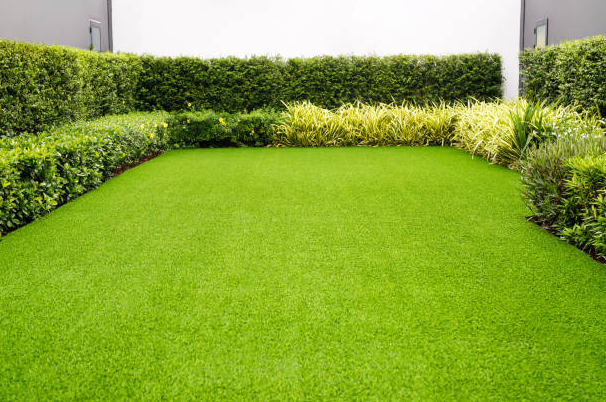The Blossoming of Urban Greenery
For those who have had the privilege to experience Sydney’s urban growth over the past decade, one transformation that stands out prominently is the increasing incorporation of green spaces. From balcony gardens in towering apartments to verdant rooftops in corporate hubs, the city is evolving its relationship with nature.
Rise of the Contemporary Garden
Contemporary gardens are no longer restricted by the need for natural grass or intensive maintenance. Instead, they harness the benefits of innovative solutions that offer aesthetics and functionality. One such notable advancement is the adoption of artificial turf, merging beauty and utility with ease.
Advantages of Going Synthetic
Sydney’s residents are increasingly inclined towards premium artificial lawns. Here’s why:
Water Efficiency: As water scarcity challenges arise, Sydney synthetic grass offers a sustainable alternative, eliminating the need for regular watering.
Durability: Not having to deal with wear and tear from foot traffic or changing weather conditions ensures longevity.
Maintenance: Forget about mowing, fertilising, or weeding. Artificial lawns stay green and pristine with minimal upkeep.
Aesthetic Consistency: With synthetic grass, lawns stay lush and green throughout the year, regardless of the season.
Applications Beyond Home Gardens
While home gardens are a prominent application, the versatility of synthetic grass extends far beyond:
Sporting Arenas: From tennis courts to football fields, they provide a consistent playing surface.
Rooftops and Balconies: Transforming barren spaces into vibrant green retreats.
Commercial Spaces: Businesses now add patches of green for aesthetics and to offer relaxation zones for employees and visitors.
Environmental Impact and Considerations
Every product comes with its set of considerations. While synthetic grass offers many advantages, it’s essential to be mindful of its environmental impact. For instance, some concerns revolve around the materials used in its production. However, with advancements in technology, there are eco-friendly options available that reduce carbon footprints. If keen to understand more about sustainable urban solutions, explore the topic of urban environmental initiatives globally.
Community Engagement and Urban Greening
A pivotal aspect of Sydney’s green transformation lies in its community engagement. Residents, local councils, and businesses are collaboratively working towards reshaping urban spaces. Community gardens are sprouting across neighbourhoods, fostering a sense of collective responsibility and connection. These communal spaces are more than just plots of land; they act as hubs for cultural exchange, organic farming workshops, and sustainability seminars.
By involving the public in the decision-making process, Sydney ensures that the green spaces are tailored to the needs and preferences of its residents. Additionally, such initiatives promote eco-literacy, empowering individuals to make informed choices in their personal spaces. As Sydney’s skyline continues to rise, the grounding effect of these community-driven green spaces ensures that its inhabitants remain connected to nature and each other.
Through these endeavours, Sydney exemplifies the potential of urban areas to be both modern and mindful, merging progress with community well-being.
In Conclusion
Sydney’s metamorphosis into a green urban hub is nothing short of remarkable. The embrace of synthetic grass is not just a trend but a testament to the city’s commitment to innovation, sustainability, and beauty. As urban areas worldwide grapple with space constraints and environmental challenges, Sydney stands as a beacon, showcasing how cities can remain verdant and vibrant, even amidst rapid urbanisation.
